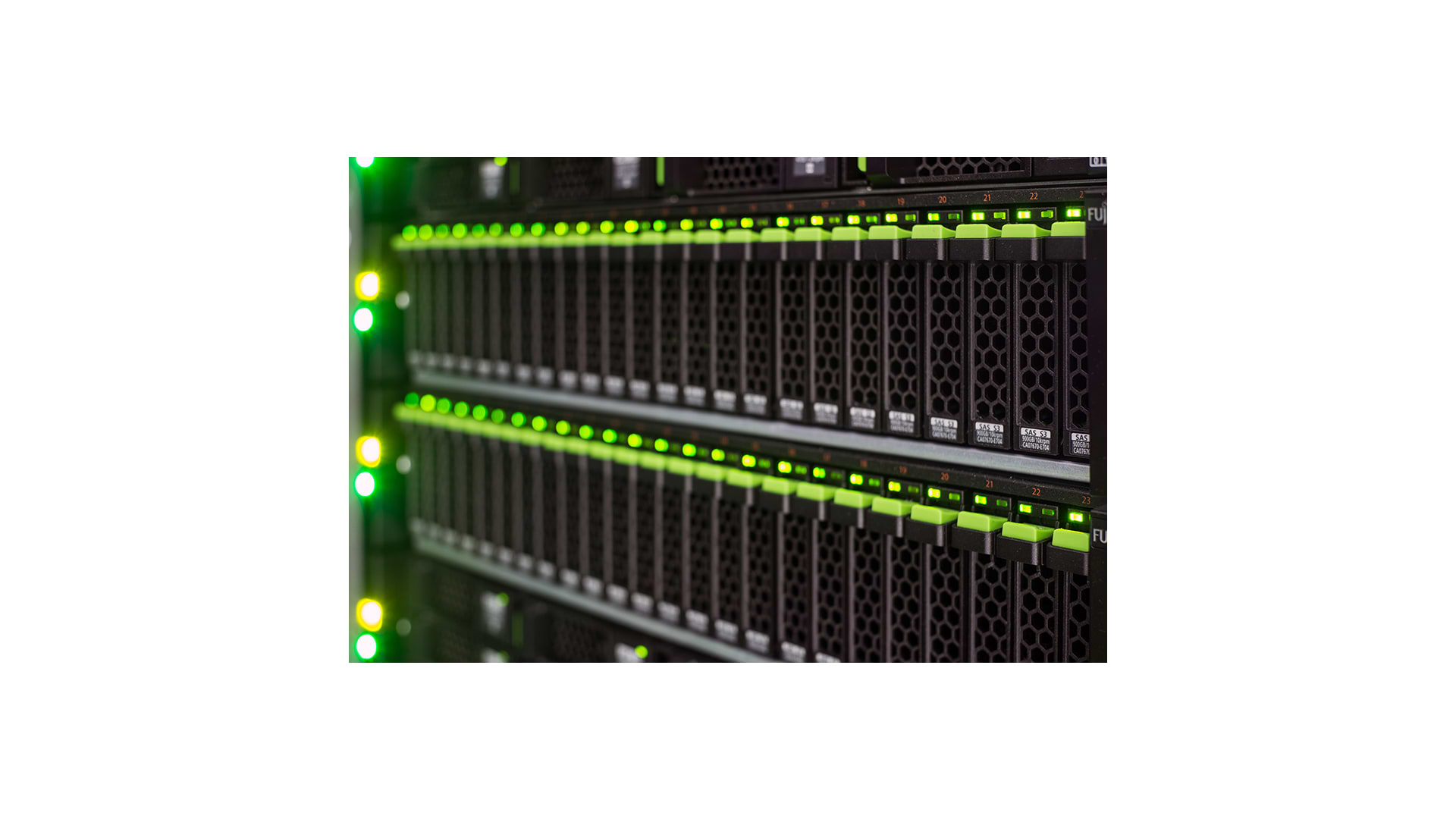
Introduction: Understanding SAN, NAS, and DAS
As businesses continue to accumulate an increasing amount of data, they must choose a suitable data storage solution that can meet their specific requirements. Three primary storage solutions include SAN, NAS, and DAS. In this article, we will discuss each of these solutions, including their advantages and disadvantages, to help you make an informed decision on the most suitable storage solution for your business.
Understanding SAN (Storage Area Network)
A Storage Area Network (SAN) is a specialized high-speed network that provides block-level access to data storage. SAN typically consists of servers, storage devices, and a dedicated Fibre Channel or iSCSI network. The primary function of a SAN is to provide fast, reliable, and centralized storage for enterprise-level businesses.
Advantages of SAN
- High-Speed Data Access: SANs provide fast data access, making it suitable for businesses that require high-speed data access.
- Reliable: SANs are designed to provide reliable data access, ensuring that data is always available to users.
- Scalable: SANs can scale horizontally and vertically, allowing businesses to add more storage capacity as their requirements grow.
Disadvantages of SAN
- Expensive: SANs can be expensive to implement and maintain due to their specialized hardware requirements.
- Complex: SANs can be complex to set up and manage, requiring specialized expertise.
Understanding NAS (Network Attached Storage)
Network Attached Storage (NAS) is a file-level data storage solution that connects to a network, providing file-level access to data storage. NAS devices consist of one or more hard drives and a network interface. NAS is suitable for small and medium-sized businesses, as well as home users, that require centralized file storage and sharing.
Advantages of NAS
- Easy to Use: NAS devices provide an easy-to-use interface that can be accessed by multiple users simultaneously.
- Affordable: NAS devices are an affordable option for businesses with limited budgets and can be expanded easily by adding more hard drives.
Disadvantages of NAS
- Limited Scalability: NAS devices have limited scalability, and businesses must purchase additional devices to add more storage capacity.
- Slower Data Access: NAS devices provide slower data access compared to SANs, making them unsuitable for businesses that require fast data access.
Understanding DAS (Direct Attached Storage)
Direct Attached Storage (DAS) is a type of storage solution that connects directly to a computer or server, providing block-level access to data storage. DAS devices consist of one or more hard drives and a controller. DAS is suitable for businesses that require fast data access and do not need to share data with multiple users.
Advantages of DAS
- Fast Data Access: DAS devices provide fast data access, making it suitable for businesses that require high-speed data access.
- Easy to Install and Use: DAS devices are easy to install and use, requiring minimal setup and management.
Disadvantages of DAS
- Limited Scalability: DAS devices have limited scalability, and businesses must purchase additional devices to add more storage capacity.
- Data Availability: Data stored on DAS devices may not be available to other users on the network.
Choosing the Right Storage Solution
Choosing the right storage solution for your business depends on several factors, including storage capacity, data access speed, scalability, and budget. SAN is suitable for enterprise-level businesses that require fast, reliable, and centralized storage. NAS is suitable for small and medium-sized businesses, as well as home users, that require centralized file storage and sharing. DAS is suitable for businesses that require fast data access and do not need to share data with multiple users.
Conclusion
When it comes to data storage solutions, businesses have several options to choose from, including SAN, NAS, and DAS. SAN provides high-speed and reliable data access and is suitable for enterprise-level businesses. NAS offers an easy-to-use interface and affordability, making it suitable for small and medium-sized businesses and home users. DAS provides fast data access and is easy to install and use but has limited scalability and may not be suitable for businesses that need to share data with multiple users.
Choosing the right storage solution for your business depends on various factors such as storage capacity, data access speed, scalability, and budget. It is essential to evaluate these factors carefully before making a decision. Implementing the right storage solution can improve data management and accessibility, streamline operations, and enhance overall business performance. As such, it is crucial to choose a storage solution that meets your business's unique requirements and aligns with your long-term goals.

New comments for this post are not allowed